The Ice Cream You Are Allowed To Have
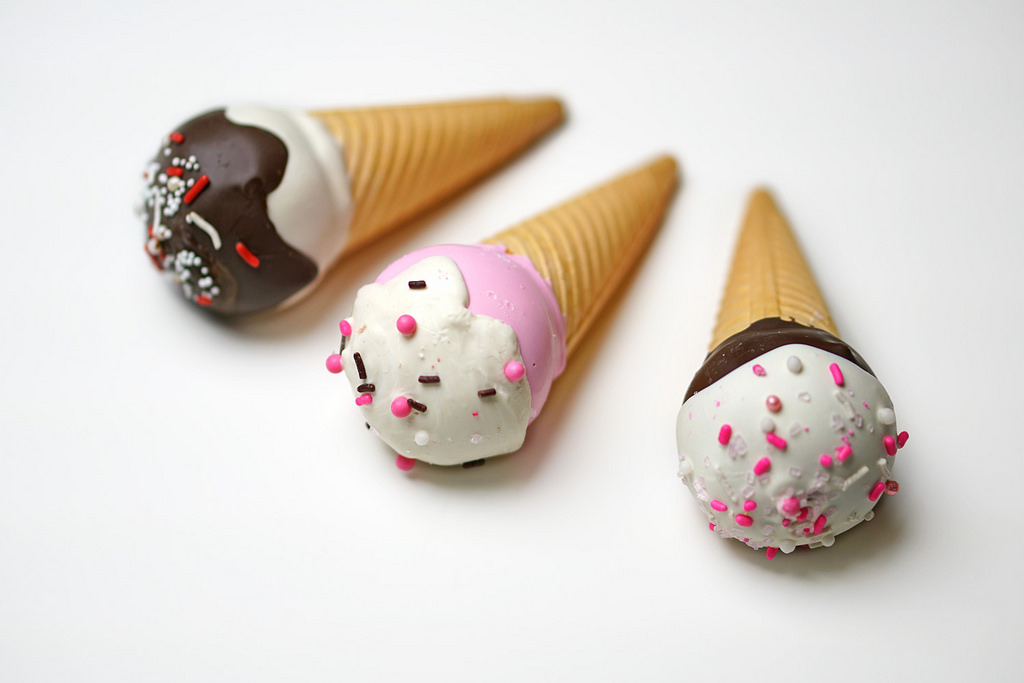
Image: Shari’s Berries via Flickr
My first real job was scooping ice cream at a little artisanal ice cream store in Chicago. I say “real” job because this is the first job where I was supporting myself, where my paycheck went to rice and internet and whatever else I needed to survive at the age of 22. The phrase “artisanal ice cream store” sounds cacophonous in 2017 of all years, but keep in mind this was a little while ago, and honestly? It was heaven. My coworkers and superiors were predominantly women, predominantly working (if only part-time or for no money) in the arts. A lot of us were queer! It was a happy and accepting place to be where we scooped and ate ice cream a lot.
What was interesting about working in an ice cream shop was that a significant amount of time was spent discouraging customers from feeling bad about themselves. “I shouldn’t do this,” they’d mutter, looking over the flavors. They’d ask about calorie counts (I had no idea) or fat percentages (beats me). “I’m gonna have to skip dinner,” they’d say. Sometimes they’d look at me and say, “if I worked here, I’d just eat ice cream all the time.”
“Oh, I do,” I’d tell them.
New York City, December 25, 2017
 ★★★ The frozen matter falling in the night had put a festive whiteness onto nothing but the cushions of the rooftop furniture on the luxury building. The sunlight shone into uncluttered and tastefully empty apartments. The wind played its flute notes on the building. Down below, sparse traffic and sparser pedestrians cast shadows toward uptown. The lowering sun scattered pink among the clouds. Outside the night air hissed through the shrubbery. Idling engines made pained ticking sounds. Bare skin could still withstand the cold, for now.
★★★ The frozen matter falling in the night had put a festive whiteness onto nothing but the cushions of the rooftop furniture on the luxury building. The sunlight shone into uncluttered and tastefully empty apartments. The wind played its flute notes on the building. Down below, sparse traffic and sparser pedestrians cast shadows toward uptown. The lowering sun scattered pink among the clouds. Outside the night air hissed through the shrubbery. Idling engines made pained ticking sounds. Bare skin could still withstand the cold, for now.
I Wonder What That Restaurant Around The Corner Is Doing?
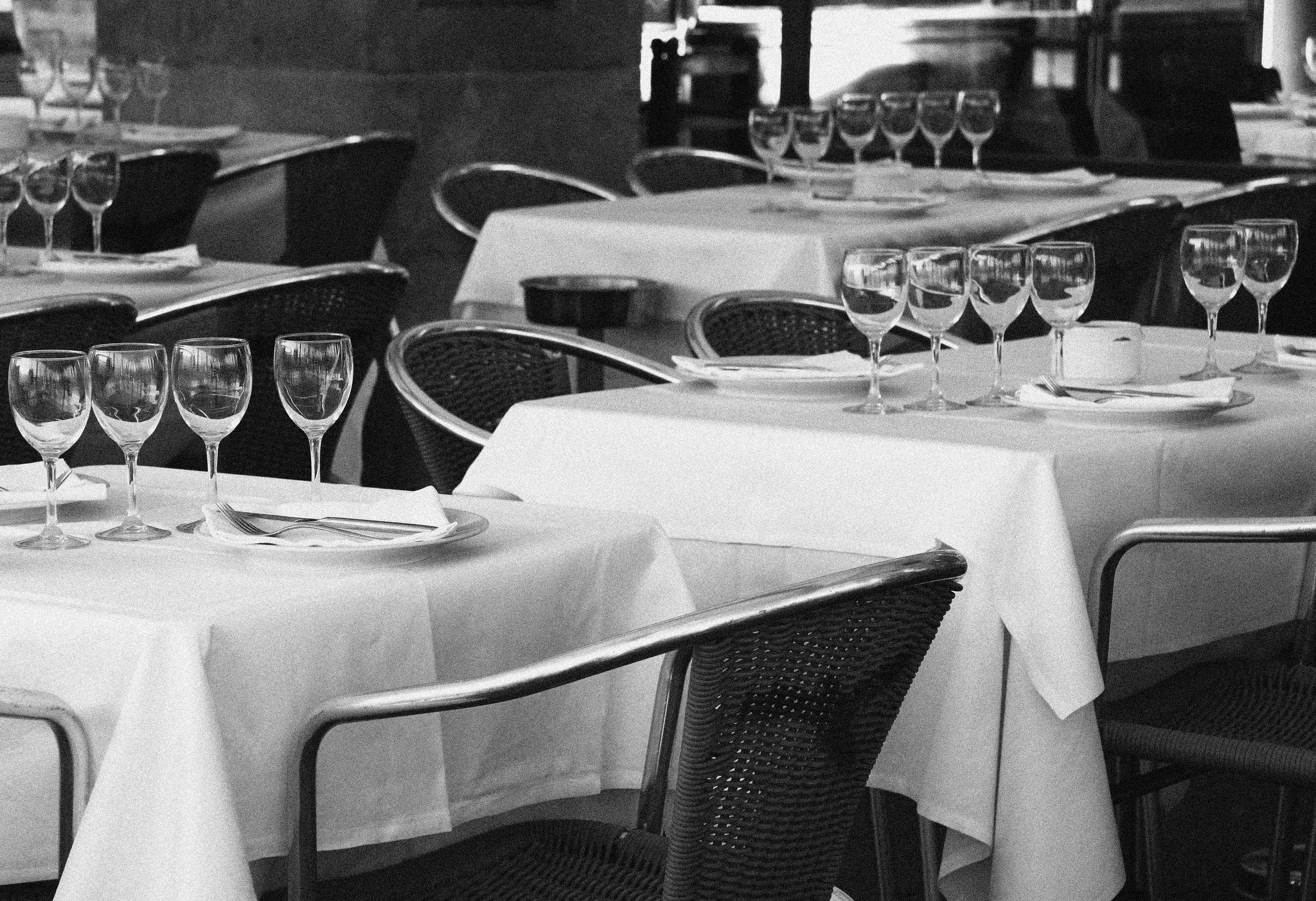
Image: Christine Vaufrey via Flickr
There is a fake restaurant around the corner from my apartment.
It pretends to be a restaurant, oh sure. It has tables and chairs, waiters and a bartender, dressed in neckties over white shirt. But no one ever eats there. Occasionally, a passerby might see a solitary guy at the bar, or a pained-looking couple, marooned in an inland sea of deserted tables. It is under-attended, suspiciously so.
It first opened a couple of years ago, splashy: big American restaurant, lots of meats! Many martini glasses! We welcomed it. It seemed to be a counterweight to the artisanal whatever, to the gift shop that sold greeting cards made by hand, to the hip retailers from Williamsburg. Shrimp cocktail! Ribeye! It was not ironic, thank God.
We went a couple times in the beginning. It is a large room, twenty or so four-seat tables, big plush booths along a wall. The food: fine. There was a pianist once, on a New Year’s Eve, when the only other party was the family that runs the tavern up the street, all dressed up and messed up. The plates were square, and the food was fine in that way that the first time you eat it, you reassure each other that it’s really good! And the second time, you start to realize that you are lying to each other, and that the food is edible. We wanted to like it. We wanted to have that restaurant around the corner become part of the family.
I Faked Speaking in Tongues
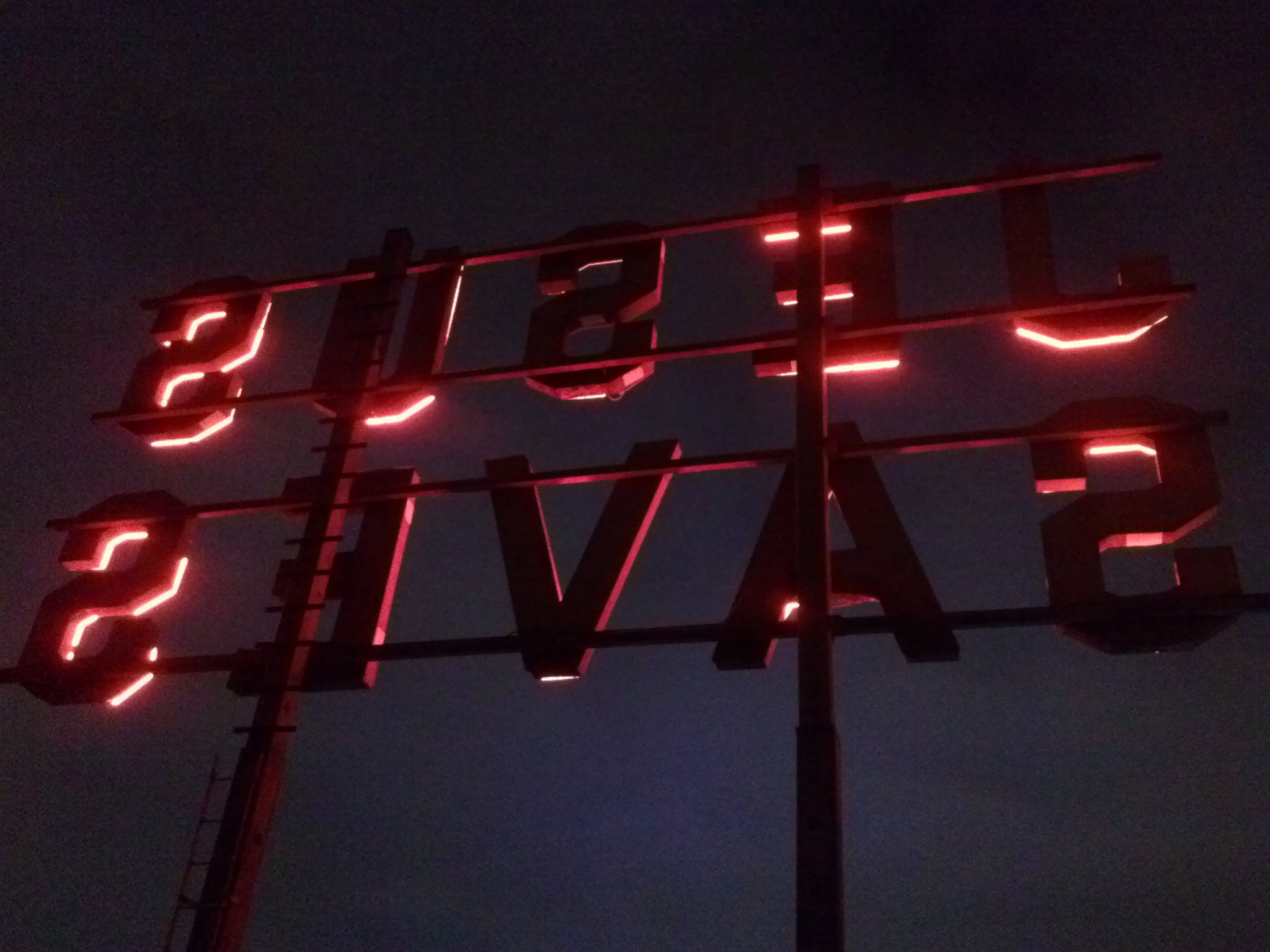
Image: bunnicula via Flickr
From ages eight to 16, I was part of a not-that-unusual but mostly ignored type of church: the one-off, non-denominational church with one man in charge. When most people think “non-denominational,” I think they imagine “Oh, how nice: they welcome all denominations and possibly even religions“, but no, that’s not it at all, at least in the case of my church and every other non-denominational one I know of. My fundamentalist church in Florida could not have been less tolerant of anything but strict conformity to it and its leader. I remember we were regularly told that our little 150-member group was the “only one that is actually close to God.”
Almost every family lived in the new suburban development surrounding the church, and everyone socialized together. All the kids went to the same school, too, which was basically a homeschool co-op in the church basement where our teachers were mostly the moms of kids who went there.
Like many non-denominational churches, ours cherry-picked traditions and doctrine from other denominations, primarily the Pentecostals. Like Pentecostals, we were “charismatic,” which means that we believed in speaking in tongues. We also believed in sacred dance, which would manifest itself in women spontaneously (or, looking back, and considering their ballet slippers, maybe not-so-spontaneously) running up to the stage during the worship service. Overcome with the Holy Spirit (or the Holy Ghost), they would dance with their eyes closed to the mix of traditional hymns (“How Great Thou Art”), contemporary worship music (“Our God is an Awesome God”), and songs written by church members.
American Cheese
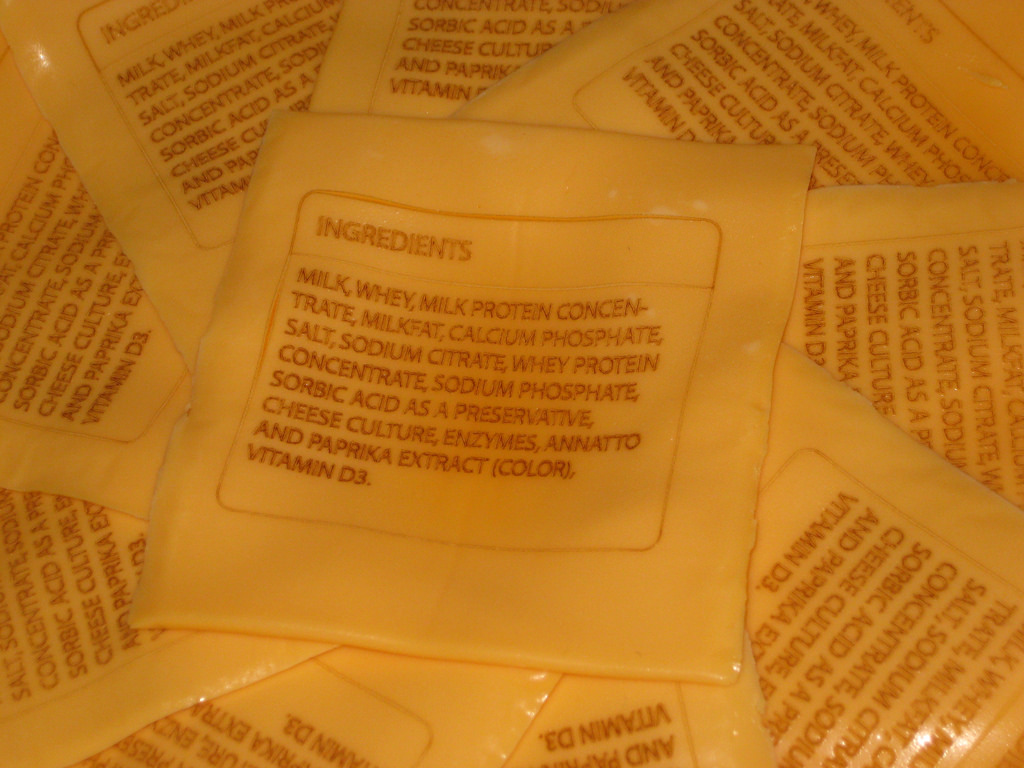
I have the palate of a non-discerning, rather fat child. If left to my own devices and removed from the judging eyes of peers, family members, or society at large, I would eat Kit-Kats and pineapple chunks for lunch and never, ever use a plate. This is the reason why I didn’t learn or realize until maybe one week ago that American cheese—a perfect cheese, the best cheese, a cheese for all ages—is fake.
Considering the evidence presented, it’s surprising that it took me this long to realize; perhaps I’m not the brightest bulb in the string of festive fairy lights, or maybe I was existing in a state of willful, blissful innocence. Regardless of why, now I know. American cheese—gorgeous, plasticky, gooey, and unctuous—isn’t really cheese. It’s a cheese product, which means it includes some actual cheese with a bunch of other stuff meant to give it that nasty, dirty texture I hold so dear. Those who wish to be fully informed can read this guide, but for the rest of you nerds who’d rather sit with this knowledge, we can press on. Even if American cheese, of the Kraft individually wrapped slices and Boar’s Head-from-the-deli variety, is fake, that doesn’t matter. It’s still the best cheese—a statement I stand by so staunchly that I will fight for its honor to the death.
P for Poivre
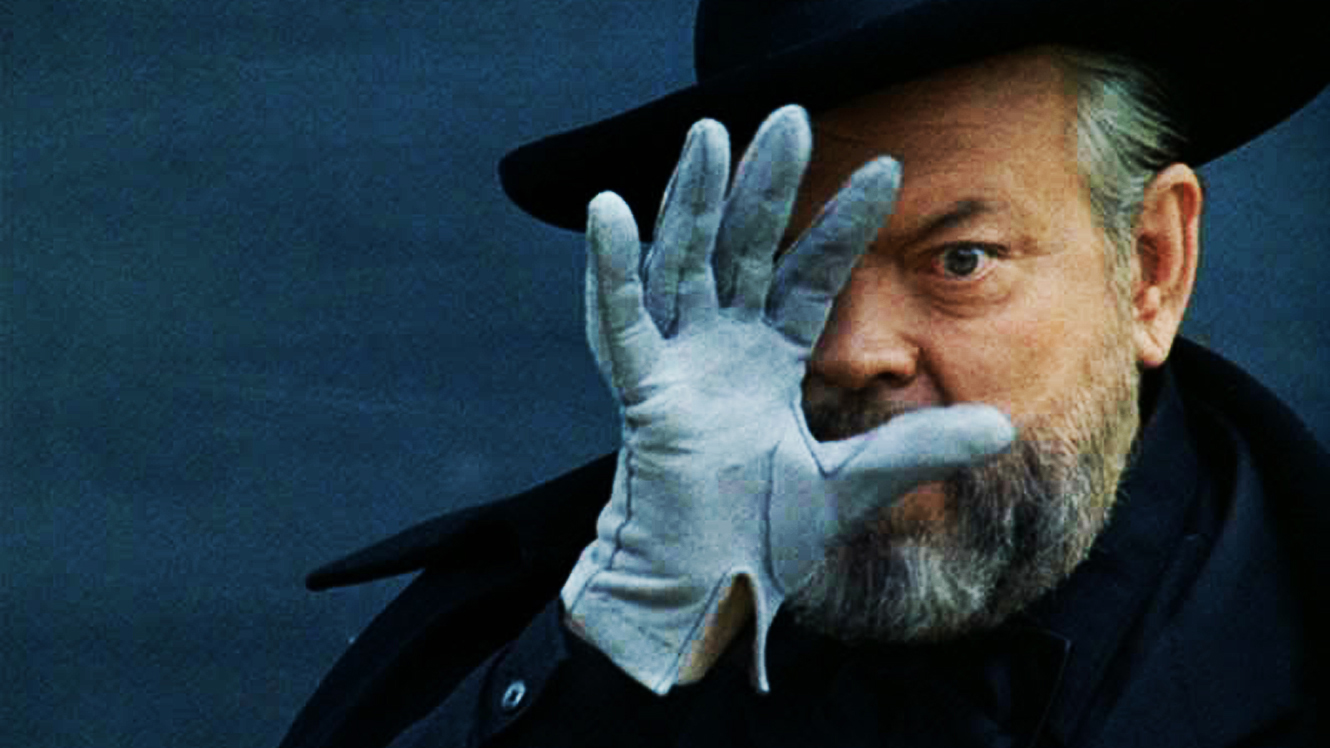
Screenshot: F for Fake
The film bores like Citizen Kane, the trolls study War of the Worlds, the nerds won’t stop going on about the opening shot of Touch of Evil, and the weirdos are still pining for the real version of The Magnificent Ambersons. That’s all fine, to each their own, but the best thing Orson Welles ever made was the 10-second clip nestled at the midway point of his 1974 film, F for Fake:
The entire movie is an oddity. It’s Welles’ final fully-realized film—he died 11 years later, after sputtering on a number of unrealized projects, and also Transformers: The Movie. And while F for Fake is technically categorized as a documentary, it’s more a fast-paced film essay. It begins with Welles telling a story about art forger Elmyr de Hory, so talented he sold over 1,000 forgeries to art galleries around the world, and Hory’s biographer Clifford Irving, who’d later be infamously caught fabricating an “autobiography” of the reclusive Howard Hughes. It’s a path into a broad examination of topics such as ownership, translation, reality, theft, magic, art, and fakes. (At one point he promises, “For the next hour, everything you hear from us is really true and based on solid fact,” purposefully neglecting to mention there are 77 minutes left.)
Oh, Your Poor Boobs

I know all the latest research says there are only four basic human emotions: happy, sad, afraid/surprised, and angry/disgusted. But I would argue that the sight of my tiny, sagging breasts elicits a funny/sad/cute/ooooh-my-fucking-god-what-what-happened-there?! emotional category all its own. Part of the comic effect of my tits is that they used to be bigger: I was a C-cup for my entire life before I shrank to teeny tiny post-breastfeeding. My oversized, protruding nipples—which look like the erasers on the jumbo pencils we all used in kindergarten—always felt obscenely large, but used to be at least kind of proportional to the whole package. But now, my nipples probably outweigh the rest of my breast tissue by a ratio of 2:1. My once buxom chest currently looks like a pair of surf-wrecked sandcastles, their soft and washed out forms punctuated by two stubby driftwood-stick flags, stubbornly poking upright from the ruins.
My miniature workhorses have put in their time: they’ve resisted the earth’s gravity for decades, expanded and contracted with four pregnancies, survived two debilitating cases of mastitis, healed countless rounds of bleeding and scabbed nipples from three sets of gnawing human mouths, and produced what I estimate to be 420 gallons of breastmilk in their lifetime. I know I should put them out to pasture in their sunset years and just let them sag in peace. But lately I’ve become obsessed with fake boobs, a thing I have judged and despised and harangued our media culture for promoting for as long as I can remember. While I daily walk into the world and act the part of a caring, compassionate, politically-liberal Bay Area parent, with a Master’s Degree in Public Health, my doppelganger is shallow and lusting for cosmetic-surgery. Lately, every time I drive past a smiling-bald-kid-with-cancer billboard, I fantasize about replacing it with a picture of my breasts and the tag-line, “Give So She Can Live (Without These Sad, Sad Boobs). My evil twin is sure that my breasts would raise more sympathy donation dollars than those cute dying kids ever will.
New York City, December 21, 2017
 ★★★★ The sun was making the most of its least, flaring orange in east-facing windows and then making its low way along a cloudless sky. What clouds there were were smaller than the steam plumes from the buildings. People walked by the window of the coffee shop with their eyes full of the light.
★★★★ The sun was making the most of its least, flaring orange in east-facing windows and then making its low way along a cloudless sky. What clouds there were were smaller than the steam plumes from the buildings. People walked by the window of the coffee shop with their eyes full of the light.
Jared Kushner Receives A Gift

Image: waferboard via Flickr
JARED’s COLLEAGUES have encircled him like they’re staging an intervention but, in fact, they’re convening for the White House white elephant gift exchange. GENERAL MATTIS, still dressed as Santa Claus, moderates. He picks a name from the #MAGA hat the bust of Winston Churchill was wearing. Because they all not-so-secretly resent each other, they’re fighting about the rules. The loudest mouth prevails.
KELLYANNE CONWAY [standing on a chair, screaming]: Folks, this isn’t rocket science. General Mattis draws a name. If it’s you, select and unwrap a gift. General Mattis draws the next name. That person can choose either the unwrapped gift or pick another one to unwrap. The next person can choose from the two unwrapped gifts, or pick a wrapped one. Et cetera et cetera et cetera et cetera.
[It dawns on JARED he will have to open a gift in front of people.]
GENERAL MATTIS [mansplaining, for emphasis]: So, in other words, you want to be the last name picked. [GENERAL MATTIS draws a name, and nods to GARY COHN.] Mr. Tax Man.
GARY COHN [jovially]: Did I really say ninety percent of individuals would be able to file their taxes by postcard?
IVANKA [laughing, for once]: I also said that!
Dave Mullins Takes The Cake
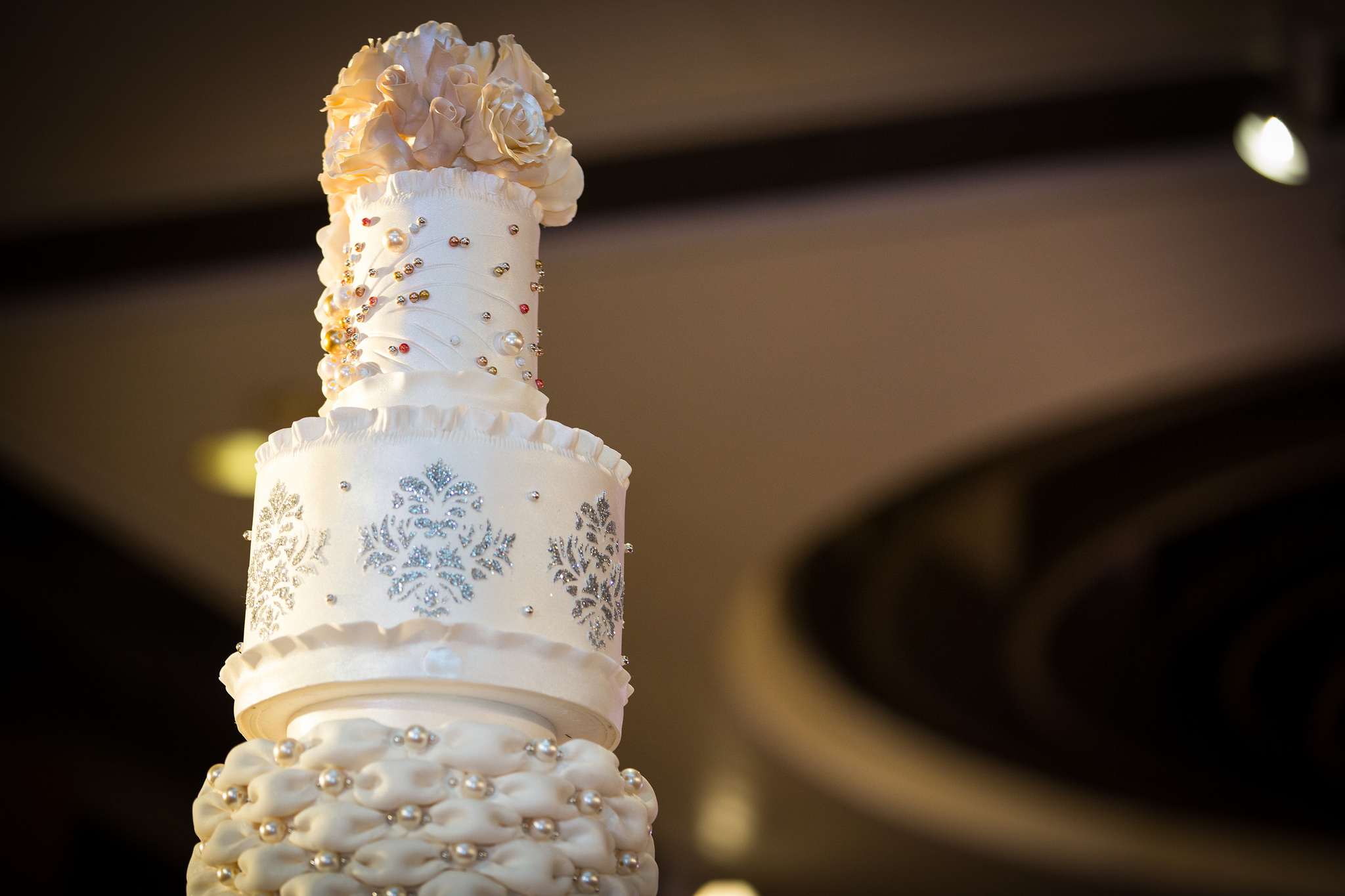
Image: Intercontinental Hong Kong via Flickr
I knew Dave when he was a deputy-black belt. He was tall and lean, and when you are separated by weight classes, when for most of us this was our first experience with fighting of any kind, height and length mattered. Taller and skinnier meant reaching, punching, and kicking where the smaller and rounder could not. Your body was as important as the skills it had awkwardly learned.
We were students at Strantz Tae Kwon Do in Highlands Ranch, Colorado. Our school was formerly “Highlands Ranch Tae Kwon Do” until that name ran afoul of our master Kevin Strantz’s former dojang housed on the upper floor of the community recreation center. In the late nineties, Highlands Ranch was one of the fastest growing sprawls in the country, and the fact that there was any kind of turf war between Korean martial arts studios in the suburbs was almost too Karate Kid to believe. Around the corner from an Albertson’s grocery, Strantz TKD was in a strip mall with broad windows that faced the Rocky Mountains. Our neighbor was a dance studio, and we punctuated their pop music and clapping with terrible call-and-response Korean and kihaps, shouts to focus power and strength.
Dave was always a belt or two ahead of me, always better at everything. At the beginning of each class, we’d line up by rank, and most of the time, I would watch him warm up in front of me. Higher kicks, sharper technique, better muscle memory, better—maybe—Korean vocabulary. We were twelve or thirteen years old, and true to the age, I admired him, feared him, and was jealous of him in equal measure.
